The Raytheon Silent Knight APQ-174 Multi-Mode Radar (MMR) is designed to enable safe low-altitude navigation for several aircraft including Chinook, Blackhawk and Osprey.
Silent Knight is a low probability of detection/interception radar that provides a terrain-following/avoidance function, a high-resolution display, and dive/climb commands to the pilot. Threat detection/identification and weather detection/severity are also included and are fully compatible with night vision equipment.
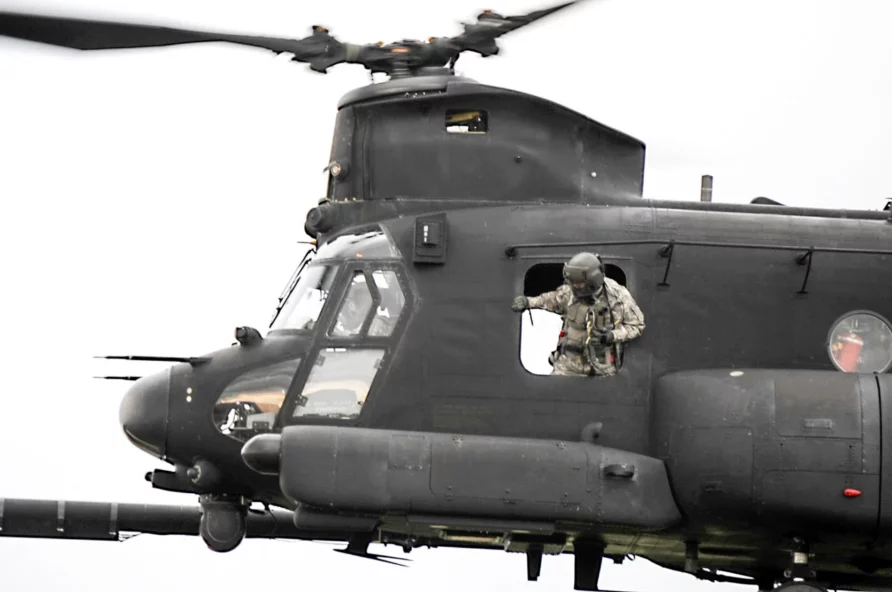
The system enables all-weather, day/night navigation in high-threat environments as low as 100ft.
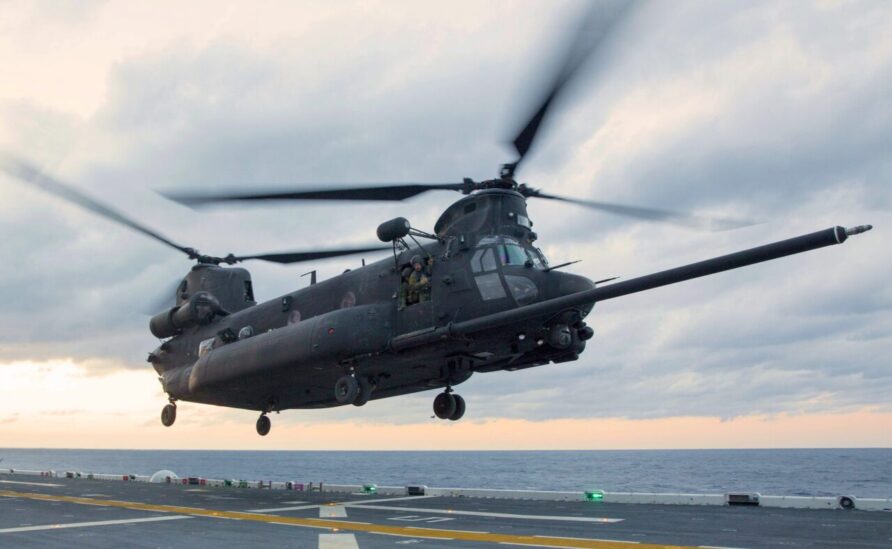
The recent UK order for the Chinook helicopter includes;
The Government of United Kingdom has requested a possible sale of sixteen (16) H-47 Chinook (Extended Range) helicopters; thirty-six (36) T-55-GA-714A engines (32 installed, 4 spares); forty-eight (48) embedded GPS inertial navigation units (32 installed, 16 spares); twenty (20) common missile warning systems (16 installed, 4 spares); twenty-two (22) radio-frequency countermeasures (16 installed, 6 spares); nineteen (19) multi-mode radars (16 installed, 3 spares); nineteen (19) electro-optical sensor systems (16 installed, 3 spares); forty (40) M-134D-T mini guns, plus mounts and tools (32 installed, 8 spares); and forty (40) M240H machine guns, plus mounts and tools (32 installed, 8 spares)
Wonder if those ‘multimode radars’ are the Silent Knight variety, or something more prosaic?
Read More (Amazon Affiliate Link)

Discover more from Think Defence
Subscribe to get the latest posts sent to your email.

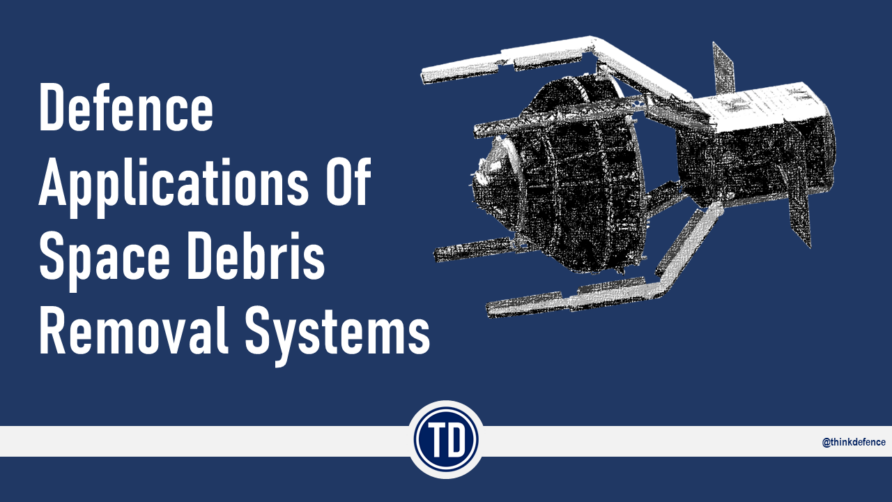
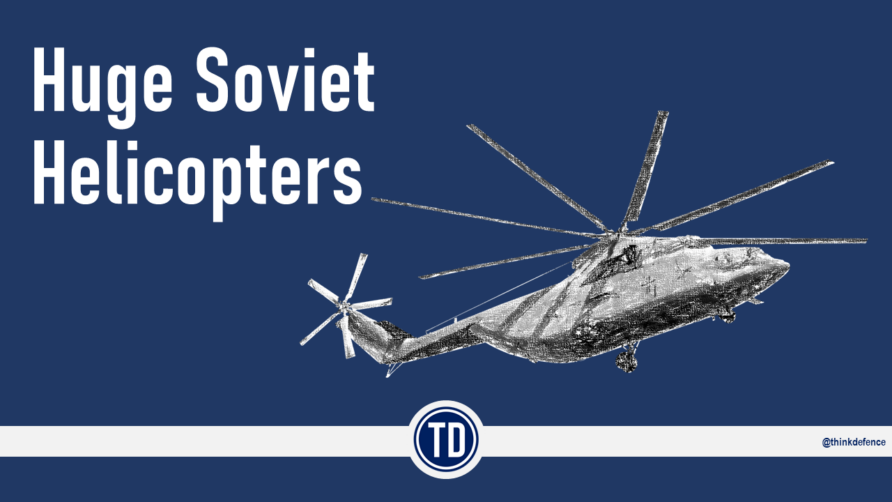
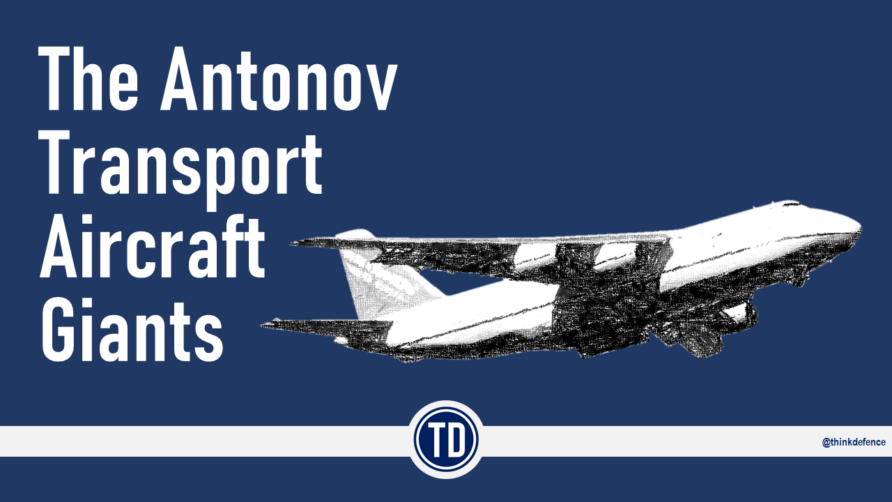
I wonder if the MOD has had the sense to order the Chinook with the folding blades/rotor heads…?
Though I adore the Chinook, I still can’t figure out why anyone would use it for special ops insertion/extraction. Been living in a low fly zone in the Netherlands for ages now and each time Chinooks approach I can hear them coming between 11 and 15 minutes (depending of the wind) in advance before they fly overhead. So there goes the element of surprise. Besides, the two engine exhausts flare up from afar when you scan for them with a cheap thermal imaging device too. And judging by a few more trustworthy specs out there, it is neither very fast nor does it have very long legs.So basically a heavylifter to push large volumes of troops, equipment and supplies fro forward operating bases to an LZ, but specops?
I’m not a specialist in SF, but I regard the AW101/Merlin HC.3 as a better basis for a specops helicopter. The basic model has got range/endurance, can lift less payload, but is a bit faster and has a much lower accoustic signature. And lots of power to spare, so IR reduction measures (with inherent loss of power output I’m told) should not be a problem, it has a ramp too and can potentially move up to 30 operators or light vehicles (up to a Landrover if I’m not mistaken).
So why the MH-47G? Could anyone explain?
The MH47G will come with infrared suppression system. This is similar to the the system used on the AH64 Apache. It fits over the engine’s exhaust and mixes cool air with the engines hot exhaust. it works really well.
The MH47G uses the fat tanks compared to the normal skinnier tanks. These hold literally double the fuel load. At 150kts cruise speed a Chinook can fly for at least 3 hours, the fat tanks help to double that. Furthermore, the cabin can be fitted with 3 additional ferry tanks that can add another 3 hours worth of duration. However, these take up considerable cabin space. Instead the MH47G includes a refuelling boom. I know the Merlin has used a refuelling boom before, but I’m not sure if it is a common practice.
Noise is a result of the blades intermeshing over the cabin roof. It is an inherent problem that can’t be easily designed out. However, pilots use nap of the earth flying when approaching a target which helps reduce the noise signature.
The main advantage and the reason why the SF community love the Chinook is the cabin size. It is significantly wider than a Merlin’s so can hold more kit without getting in the way. Furthermore a Chinook can lift significantly more weight than a Merlin and still cruise happily at 150kts. It will top out near 175kts, but gets really uncomfortable after a couple of hours due to the constant vibration. Whereas a Merlin uses dampers to attach the main rotor gearbox to the helicopter’s top deck. The dampers are actively controlled and smooth out the vibrations caused by the rotating blades, so flies a lot smoother, especially at higher airspeeds.
The other consideration is that a Chinook is still predominantly made from an aluminium alloy, unlike the Merlin that uses a composite top structure. This means that when the aircraft gets fit by small arms fire. The Chinook is much easier to repair. where a piece of aluminium tape can patch the hole for a temporary repair, followed up by a permanent plate repair held in place by manually formed rivets. A Merlin will need a specific and approved repair scheme, as composites especially under load will need to be carefully repaired. This difference is perhaps more critical to a battlefield support helicopter than is realised. For example in Afghanistan the RAF Chinooks had a better than 90% availability, whereas the Merlins were less than 50%. This was mostly due to the ease that the Chinook after damage could be quickly repaired and brought back on line.